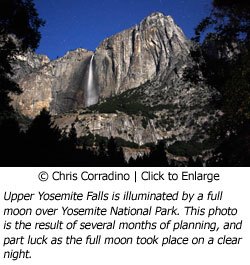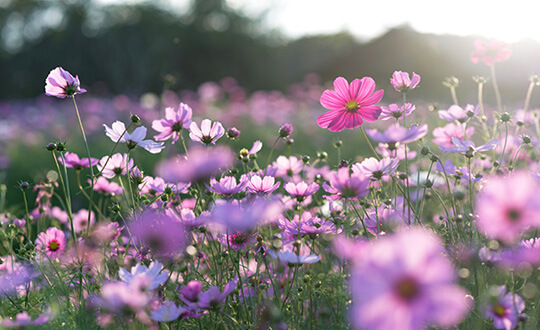"The sky is the daily bread of the eyes." — Ralph Waldo Emerson
Do you want to take landscape images to the next level? Make use of graduated neutral density filters to capture images in-camera for dramatic and effective results.
Photographing landscapes with a bright sky is a tricky scenario. If you expose for the sky, the foreground will be underexposed and lack detail. If you expose for the foreground, the sky will burn out and be greatly overexposed. The best way to deal with this type of situation is to utilize graduated neutral density filters. Using ND grads allows the camera to capture the scene the way the eyes see it. When utilizing ND grad filters, both the sky and the foreground are nicely detailed — the clouds look well defined, and the foreground is properly exposed.
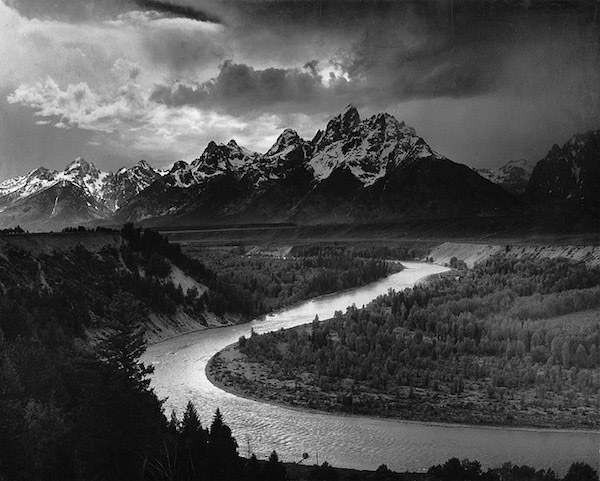
Ansel Adams didn't use graduated neutral density filters; rather, he used the Zone System and lots of burning and dodging in the darkroom to create the dramatic skies seen in much of his work. In the modern digital age, we have the luxury of using graduated ND filters and editing programs to create such images. Never have graduated ND filters been more popular than in the last 10-15 years.
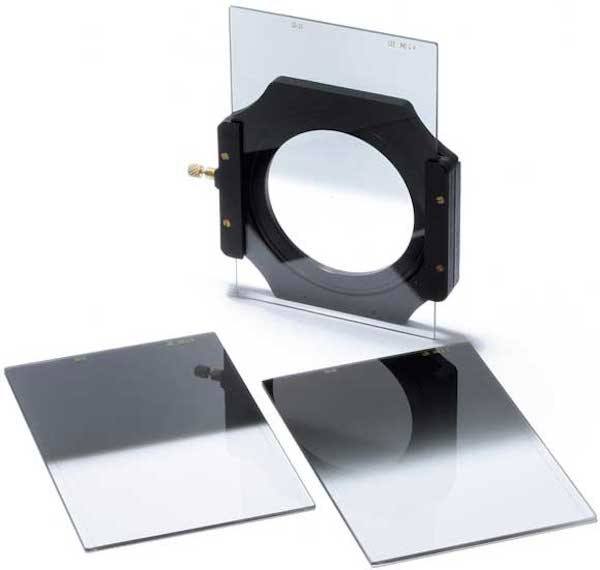 Before a filter:
Before a filter:
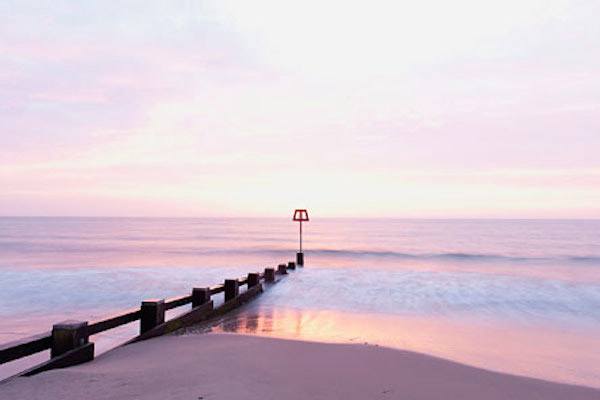
After, with a 0.9 ND Grad — hard gradation
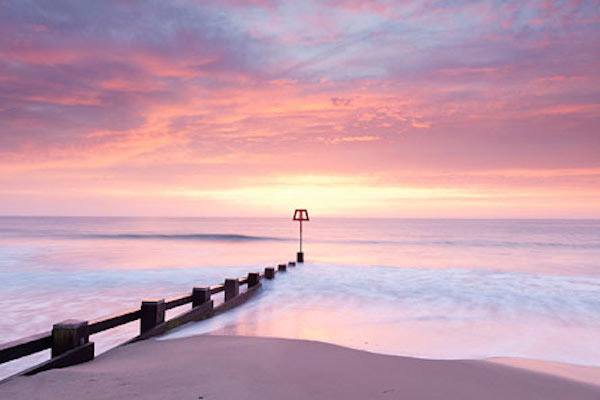
There are two types of ND grad filters: hard and soft. Soft graduated ND filters are great for scenes with trees and rolling hills. The hard graduated filters have a more defined gradation transition and are best used with seascapes or flat terrain. So, if you find yourself in the Scottish Highlands, bust out the soft ND grad filters, and when shooting out in the Bonneville Salt Flats in Utah, it's best to use the hard grad filters.
LEE filters are the choice of many top professionals. They are optically pure resin filters and are very neutral in color. The LEE filter kits are top quality and feature 0.3, 0.6 and 0.9 (one-, two- and three-stop graduated) filters. You can use one filter or stack two or more filters if need be.
For those who are on a tight budget and cannot swing the full kit, I recommend getting a 0.9 (3 stops) in both hard and soft gradations. This will work in most situations. The 0.3 (one stop) is not nearly enough to keep the dynamic range in line. The 0.6 (2 stops) is just enough to keep the sky from burning out and is a good overall choice, especially when shooting in the early morning or late day when the sky is not as bright. The 0.9 is perfect for creating a dramatic sky effect in most scenes. You can always pull it back a little in post-process if it is too much. Lee also has a .75 ND grad filter that is not available in the kits. It is a great happy medium between the 0.6 and 0.9, but if you like Ansel Adams’ work or love dramatic sky images like I do, you'll dig the 0.9. ND grad filters.
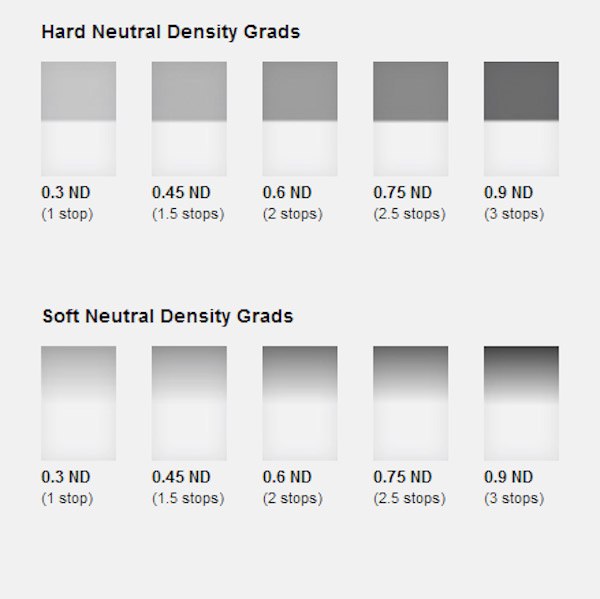
Pick up some ND Graduated filters, trek out to a scenic spot, and give this a try. You'll be amazed at the results and will wonder how on earth you made it this far in life without ND grad filters!
Bonus Offer: Want to learn how to take better photos? Sign up with NYIP today! Request a Free Catalog here.


